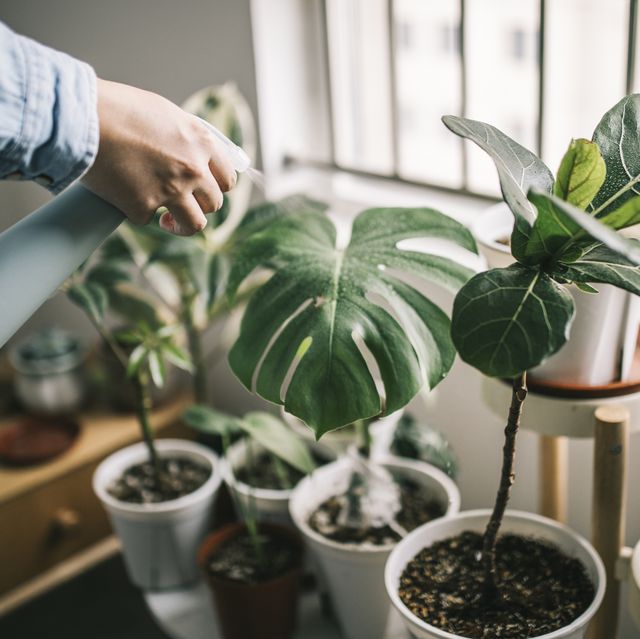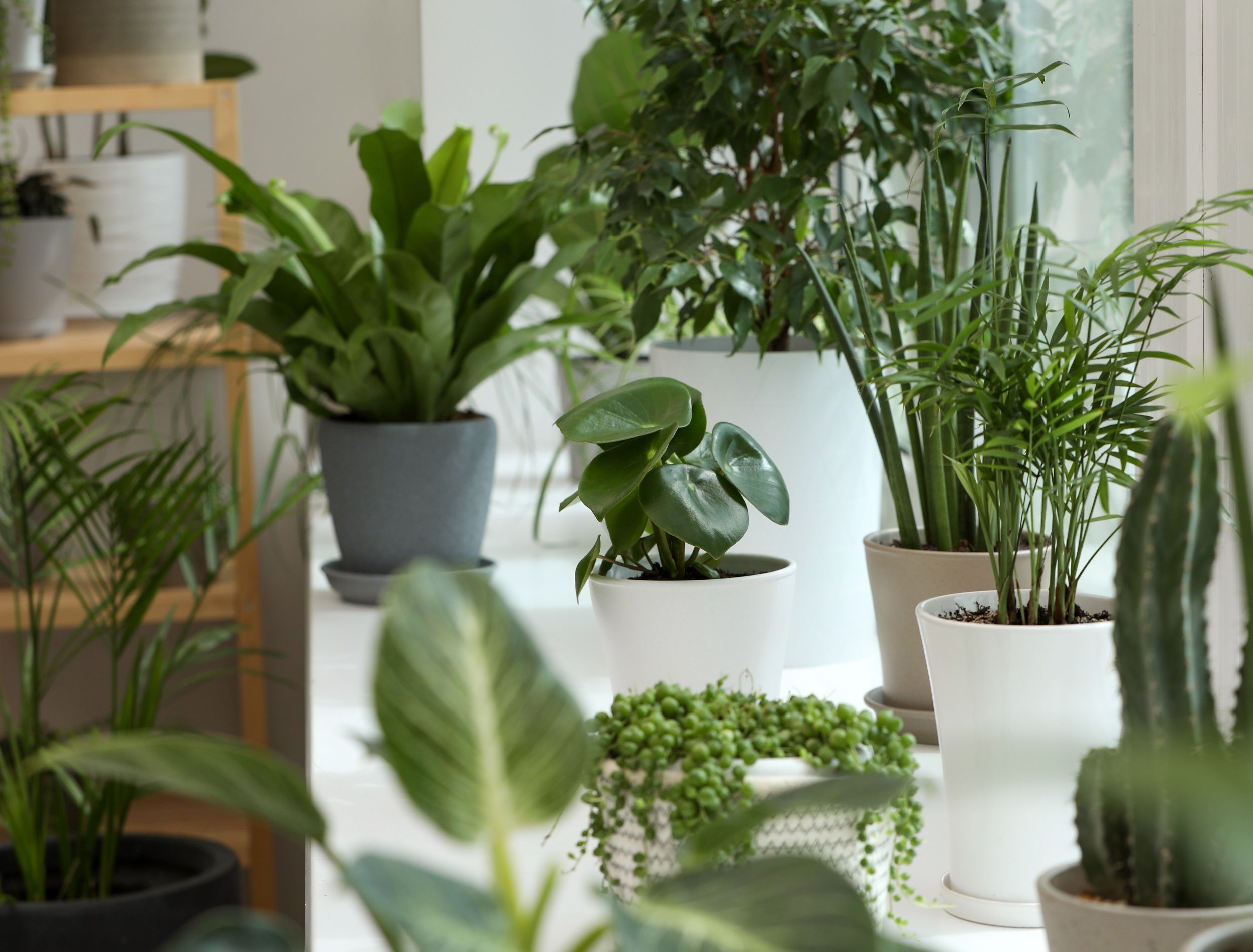Top 10 Best Low-Light Indoor Plants for Dark Rooms and Apartments
Top 10 Best Low-Light Indoor Plants for Dark Rooms and Apartments
Blog Article
Uncover the Secrets of Low-Light Indoor Plants and How They Enhance Your Atmosphere
Low-light interior plants have actually gathered raising focus for their one-of-a-kind capacity to boost both visual allure and ecological top quality within work environments and homes. These resilient varieties, consisting of the Serpent Plant and Peace Lily, not only prosper in difficult illumination conditions however likewise play an essential function in air purification and emotional health. Understanding the particular benefits and treatment needs of these plants can dramatically influence your space. As we check out the complexities of their benefits, you might find insights that could change your surroundings in unforeseen ways.
Advantages of Low-Light Indoor Plants
Although many individuals assume that interior plants need abundant sunlight to grow, low-light indoor plants use a multitude of advantages that make them excellent for numerous atmospheres. One of the main benefits is their versatility; they can prosper precede with minimal natural light, such as workplaces, basements, or spaces with tiny windows. This attribute allows individuals to boost their surroundings with plant, adding to improved visual appeals without the need for comprehensive lights adjustments.
In addition, low-light indoor plants can dramatically improve indoor air high quality by filtering system damaging contaminants and launching oxygen, making living areas healthier. Study has shown that specific selections can soak up pollutants, thus promoting a cleaner environment. In addition, they can boost mental well-being by minimizing stress and enhancing productivity. The presence of plants has actually been linked to greater feelings of tranquility and emphasis.
Furthermore, low-light plants commonly call for less maintenance than their sun-loving equivalents, making them ideal for active individuals or those brand-new to gardening. Their resilience permits them to grow with very little intervention, hence giving a fulfilling experience for plant lovers and newbies alike. In summary, low-light indoor plants offer both aesthetic and useful objectives, making them useful additions to any space.
Leading Low-Light Plant Ranges
Low-light indoor plants can be found in a selection of types, each offering distinct characteristics and advantages fit for dim environments. Amongst the most popular varieties is the Serpent Plant (Sansevieria), understood for its air-purifying capabilities and building fallen leaves. This durable plant grows on forget and can tolerate a vast variety of light conditions.
Another superb selection is the ZZ Plant (Zamioculcas zamiifolia), which features shiny, dark green fallen leaves and is extremely drought-tolerant. Its adaptability makes it a preferred for offices and homes with restricted sunshine.
The Pothos (Epipremnum aureum) is likewise a leading contender, with its routing vines and heart-shaped leaves - Best low-light indoor plants. This functional plant can be trained to climb up or waterfall, adding aesthetic interest to any type of room

Care Tips for Low-Light Plants
Caring for low-light interior plants requires a nuanced understanding of their certain needs to make certain ideal development and vitality. It is vital to pick the ideal potting mix, as a well-draining dirt is essential to protect against root rot. A mix designed for houseplants, commonly containing peat moss and perlite, functions well for the majority of low-light ranges.
Watering is an additional key element of treatment. Low-light plants typically need much less frequent watering compared to their sun-loving equivalents. It is advisable to inspect the leading inch of soil; if it feels completely dry, it's time to water. Overwatering can lead to issues such as mold and mildew and origin decay.
Fertilization ought to be approached with care. Throughout the expanding period, a watered down fluid fertilizer can be applied monthly, but in cold weather, lots of low-light plants get in inactivity and call for webpage little to no fertilizing.
Lastly, it is essential to regularly clean up the leaves to eliminate dirt, permitting much better light absorption. By sticking to these treatment wikipedia reference ideas, you can grow a growing setting for your low-light interior plants, boosting both their look and long life.
Enhancing Air Top Quality With Plants
Interior plants play a substantial duty in boosting air quality within homes and workplace. Through the process of photosynthesis, these plants absorb co2 and launch oxygen, adding to a much healthier ambience. Furthermore, particular low-light interior plants have the ability to filter unsafe toxins, such as formaldehyde, benzene, and trichloroethylene, which are typically found in interior atmospheres.

Moreover, the presence of interior plants can raise moisture degrees, which assists minimize dry skin and respiratory issues, further improving total health. This capacity to improve air high quality not only promotes physical health yet additionally supports mental health.
Including low-light interior plants into your living and working rooms can bring about a much more lively and invigorating atmosphere (Best low-light indoor plants). Purchasing these natural air cleansers is a basic yet reliable technique for boosting interior air top quality and promoting a healthier way of living
Producing a Peaceful Indoor Room
The combination of plants into living rooms not only boosts air quality yet likewise adds to a relaxing atmosphere. Low-light interior plants, such as snake plants and pothos, are specifically efficient in developing a tranquil environment, as they prosper in conditions that might otherwise be inhospitable for various other greenery. Their lavish foliage supplies a calming visual, reducing anxiety and promoting relaxation.
Including these plants into your home or workplace can evoke a sense of tranquility and well-being. Tactically putting them in areas where you spend substantial time, such as living work areas or areas, permits an immersive experience with nature, which has actually been revealed to improve mood and cognitive feature.
Furthermore, the mild movement of leaves in action to air movement can create a dynamic aesthetic element that improves the general setting. Consider utilizing a selection of plant elevations and textures to add deepness and passion to your space. With thoughtful placement this article and care, low-light interior plants can change any kind of area right into a tranquil shelter, cultivating not only aesthetic contentment yet additionally emotional and psychological wellness.

Final Thought
Including low-light interior plants right into various environments yields significant benefits, including enhanced air high quality and improved visual allure. The transformative power of low-light plants emphasizes their worth in boosting both household and occupational settings.
Although lots of people presume that indoor plants require bountiful sunshine to grow, low-light interior plants use a wide variety of advantages that make them optimal for numerous settings.Additionally, low-light indoor plants can considerably improve interior air high quality by releasing and filtering system dangerous toxic substances oxygen, making living spaces healthier. In addition, specific low-light indoor plants have the capability to filter hazardous toxins, such as benzene, formaldehyde, and trichloroethylene, which are commonly located in indoor settings.
Low-light indoor plants, such as serpent plants and pothos, are particularly reliable in creating a calm environment, as they grow in conditions that might otherwise be unwelcoming for various other greenery.Including low-light indoor plants right into various atmospheres returns considerable advantages, including enhanced air quality and improved visual charm.
Report this page